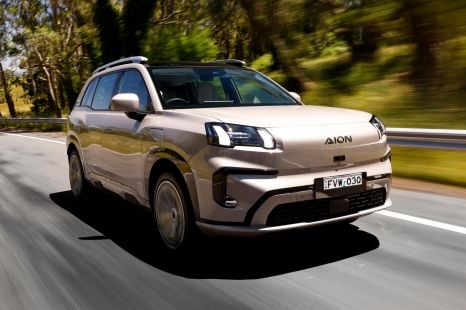

Ben Zachariah
2026 GAC Aion V review: Quick drive
4 Days Ago
Ever wondered how your favourite auto brands started life Down Under? Wonder no more: here's an Australian automotive then versus now.

Marketplace Journalist
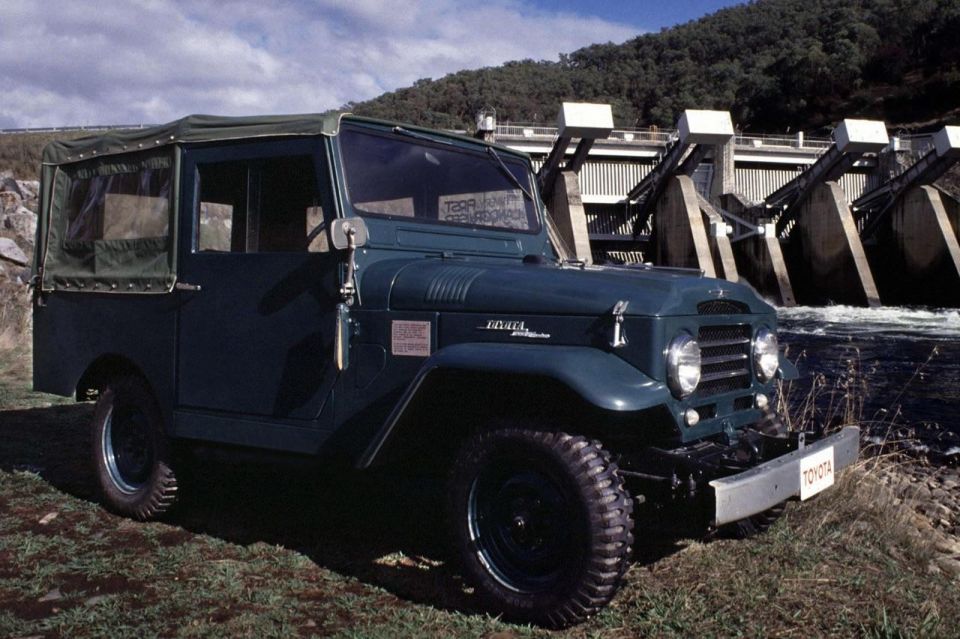

Marketplace Journalist
Most Australians are familiar with cars like the Toyota RAV4, Ford Ranger, and Mitsubishi Outlander, but even if those well-known nameplates have been around for quite some time, they certainly don’t paint a full picture of their respective brand’s local history.
That’s why we’ve decided to compare the first cars to be sold in Australia by each of our top-10 best-selling auto brands with their newest nameplates. It’s intended to be a lighthearted look at then versus now, to illustrate how far each popular marque has come.
We’ve included only the latest current nameplates from each of these companies, since they’re new models that may not have existed locally beforehand.
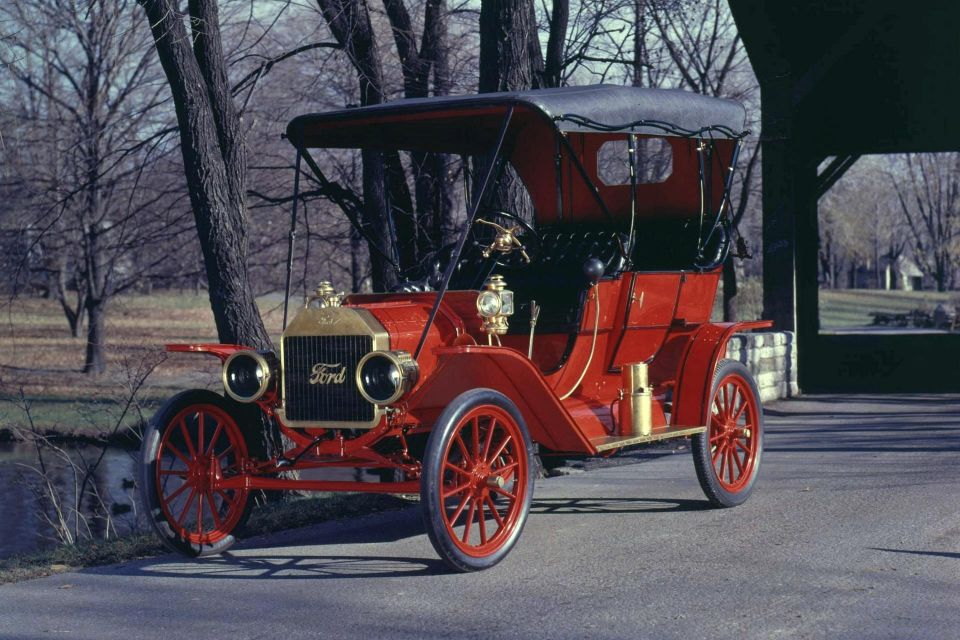
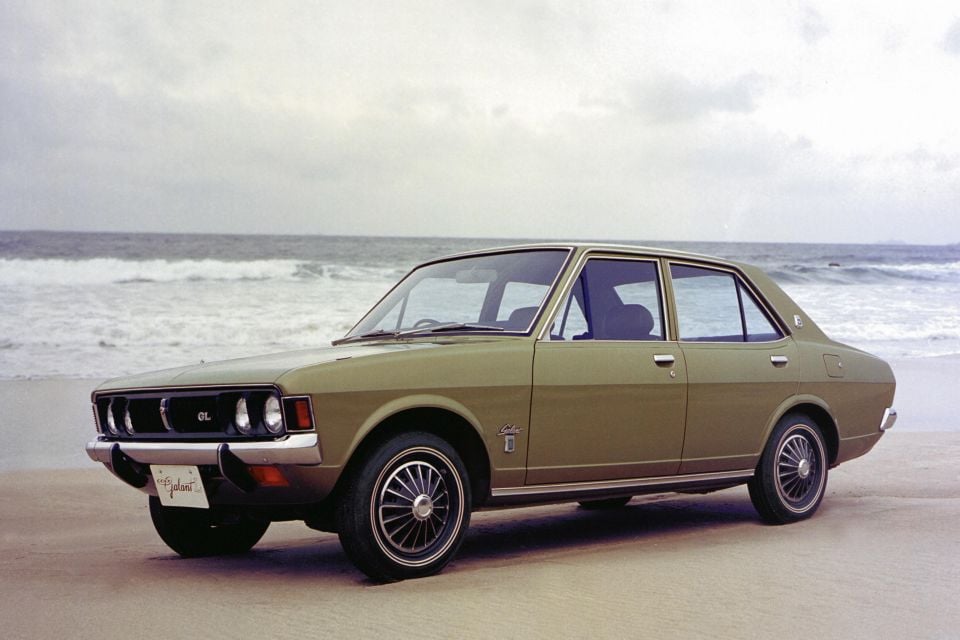
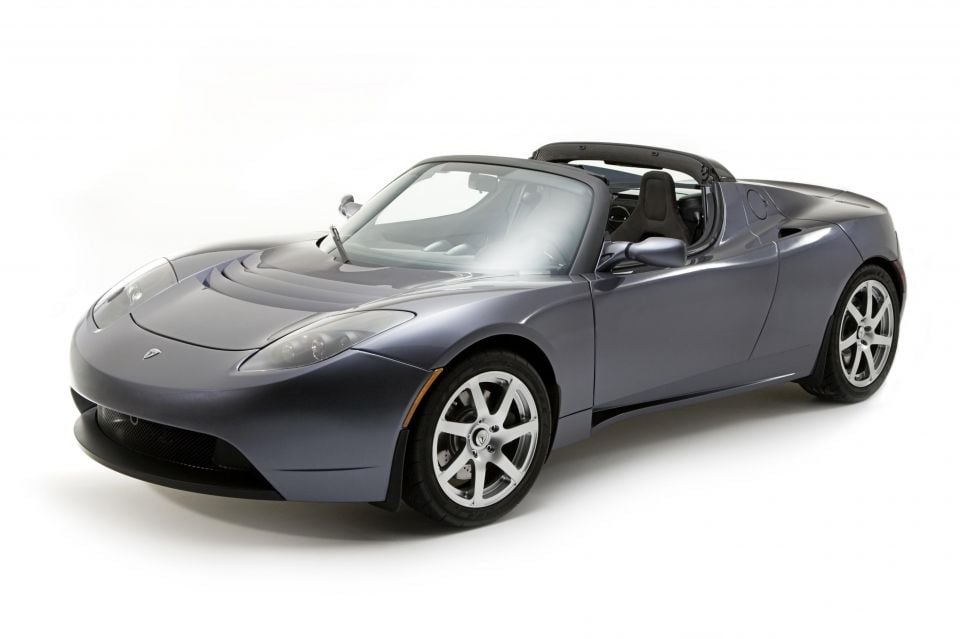
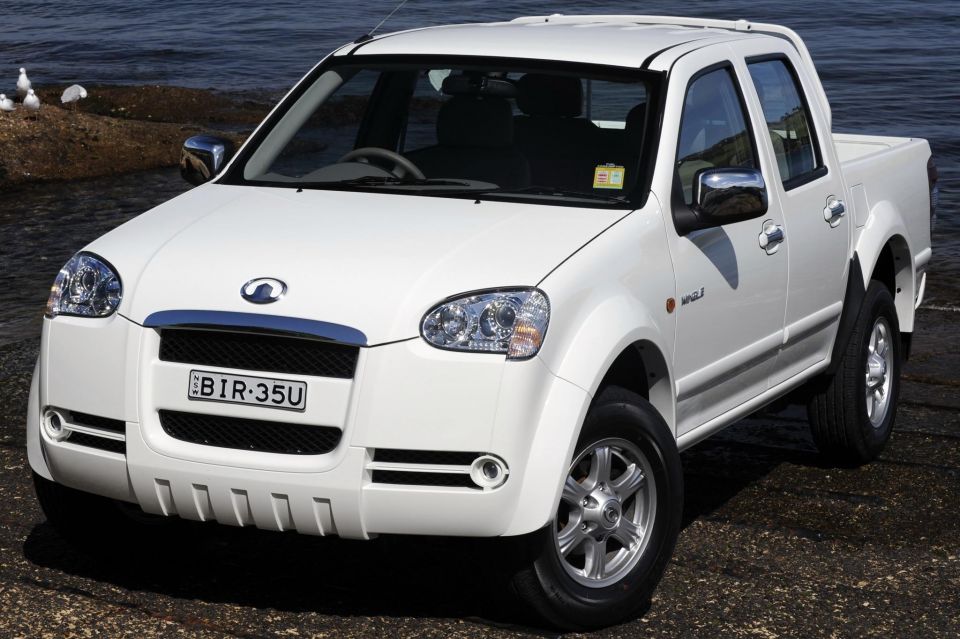
There are plenty of newer powertrains and variants than some of these models, but that’s getting a little too far into the weeds and would quickly outdate this article given the pace of the modern auto industry.
Be sure to let us know in the comments below if you’re interested in this type of article – obviously there are many brands we haven’t mentioned here, but we’re open to making this a recurring series.
CarExpert can save you thousands on a new car. Click here to get a great deal.
Toyota has long been Australia’s top-selling auto brand, and it can proudly trace its local beginnings back to 1959.
Uniquely, the establishment of Toyota in Australia was initiated by a local businessman who drew the automaker in, rather than Toyota seeking expansion outside Japan, before Australia became the first export market for what is now the world’s largest automaker.

In 1958, a construction company owned by Leslie Thiess became the first Australian company to win a contract from the Snowy Mountains Hydro Scheme in New South Wales.
To support his company’s work, he privately imported around 12 Toyota LandCruiser FJ25s to use on the site.
The story goes that Sir Les was so impressed with the FJ25’s capabilities that he approached Toyota in Japan to become an official distributor in Australia. His application was successful and, in 1959, Thiess Toyota became the official Queensland distributor for Toyota commercial vehicles.
The move also made Australia the first official export market for Toyota, and 12 dealerships were established in Queensland in 1959. Toyota says 69 LandCruisers were sold across those dealerships in that year.
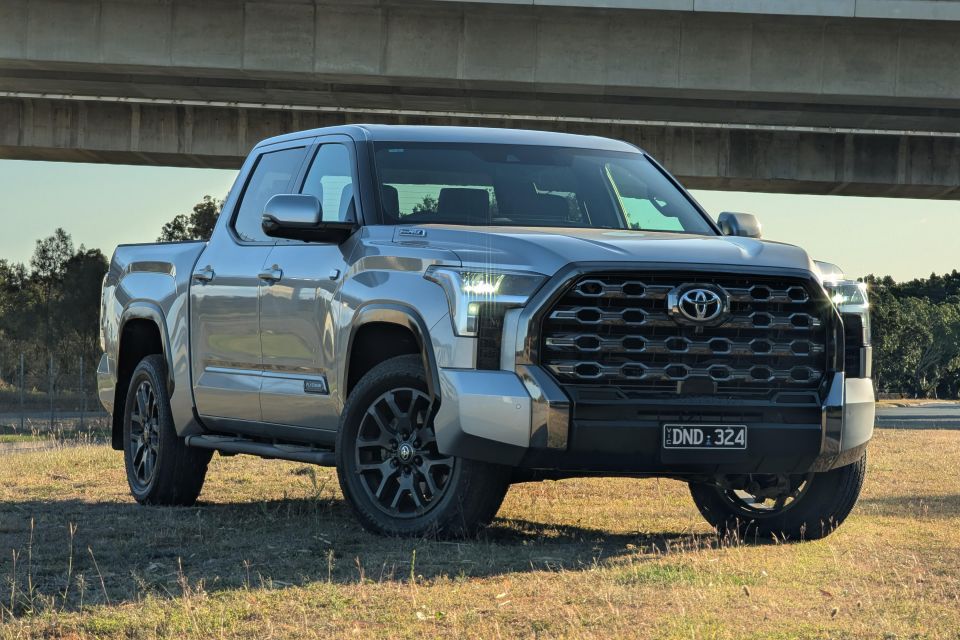
Despite the arrival and success of countless Toyota passenger cars and SUVs like the Camry, Corolla, and RAV4 – not to mention several iconic sports cars borne out of motorsport – the FJ25’s notoriety means it’s perhaps fitting that Toyota’s newest Australian nameplate is also a commercial vehicle.
Enter the Tundra, a full-size American pickup that entered Australian showrooms in late 2024.
It’s converted from left- to right-hand drive by Walkinshaw Automotive in Melbourne, and competes with other big US rigs like the Ford F-150, Chevrolet Silverado, and Ram 1500.
There aren’t any other new nameplates in the pipeline for Toyota, though a facelift for the bZ4X mid-size electric SUV, as well as the new bZ4X Touring, the first LandCruiser Hybrid, and the next-gen RAV4 are all slated for release in the coming months.
MORE: Explore the Toyota showroom
There are two key dates in Ford’s Australian history. One is when the first Ford was officially sold in Australia, and the other is when Ford Australia was officially established and began local production.

It’s believed that at least one Ford arrived in Australia as early as 1904, but it wasn’t until 1909 that foreign brand representative for the company, RJ Durance, moved from Canada to Port Melbourne, where he established an Australian Ford branch and kicked things off by selling the Model T.
Some were imported fully assembled, while others were imported in parts and then assembled locally. Many were then demonstrated in towns across Australia, attracting public interest and prompting countless Ford agencies to be recruited to sell the Model T.
Greed and money soon took control though, as Ford distributors were reported to be gouging sub-dealers and customers. In response, Ford Canada sent two executives to Australia in 1923, who then recommended that a manufacturing plant be established in Tasmania.
Geelong was later chosen as the plant’s location, and the first locally manufactured Model T produced by the newly established Ford Australia was completed in July 1925, despite the car being very outdated by that point.
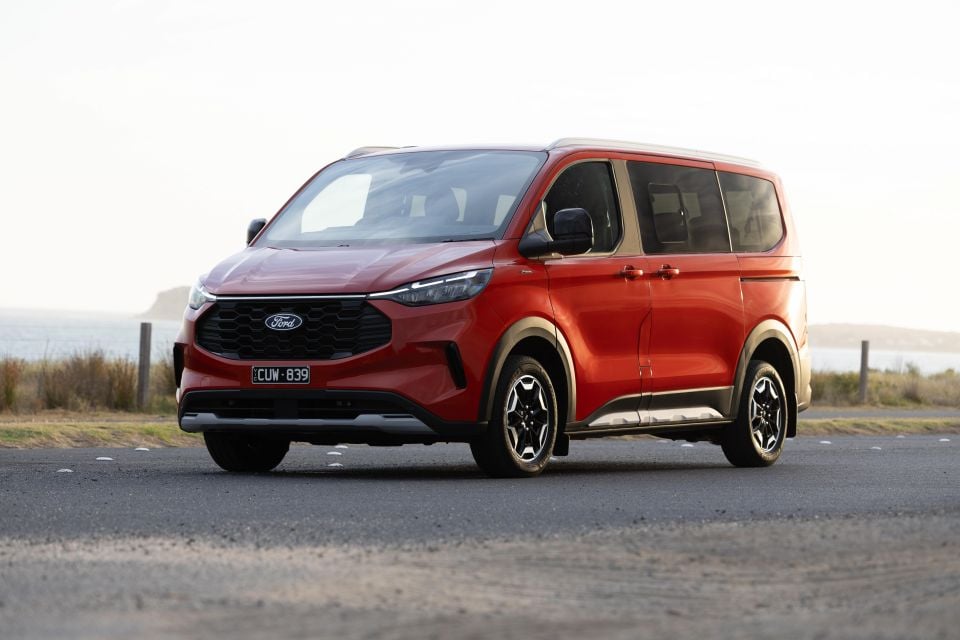
Other Ford plants were later built in Adelaide and Brisbane, and milestones in Ford Australia’s storied 100-year history include the launch of the Falcon in 1960 and the Territory in 2004 (Australia’s first and only home-brewed SUV). All good things must come to an end though, and local manufacturing concluded in 2016.
Ford Australia was charged with development of the T6 platform that has now underpinned two generations of the Everest SUV and Ranger ute, which now offers plug-in hybrid versions and, soon, beefy Super Duty versions too.
Both models allowed Ford to maintain a significant market share locally. But while Ford has released a plethora of new variants and powertrains in recent years, none are strictly all-new nameplates and therefore don’t fit our criteria. Ford’s newest local nameplate is the Tourneo, a people mover based on the Transit Custom van that launched in October 2024.
Ford has plenty more on the way too, with electric and plug-in hybrid Transit Customs, an update to the electric Mustang Mach-E, and the Ranger Super Duty for imminent release.
MORE: Explore the Ford showroom
Kia was officially introduced in Australia in 1997, when it brought two model from its Korean homeland to get the ball rolling: the Mentor hatch and sedan, and the Sportage SUV.
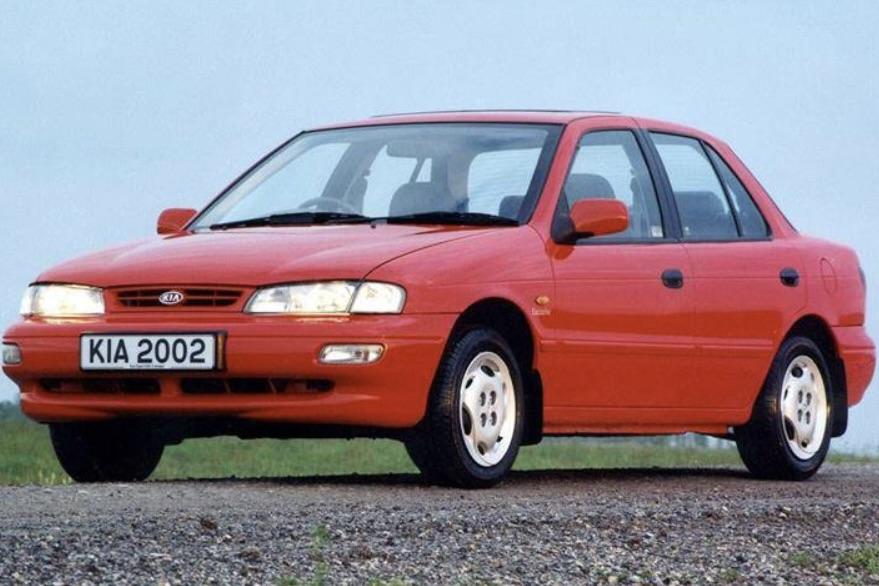
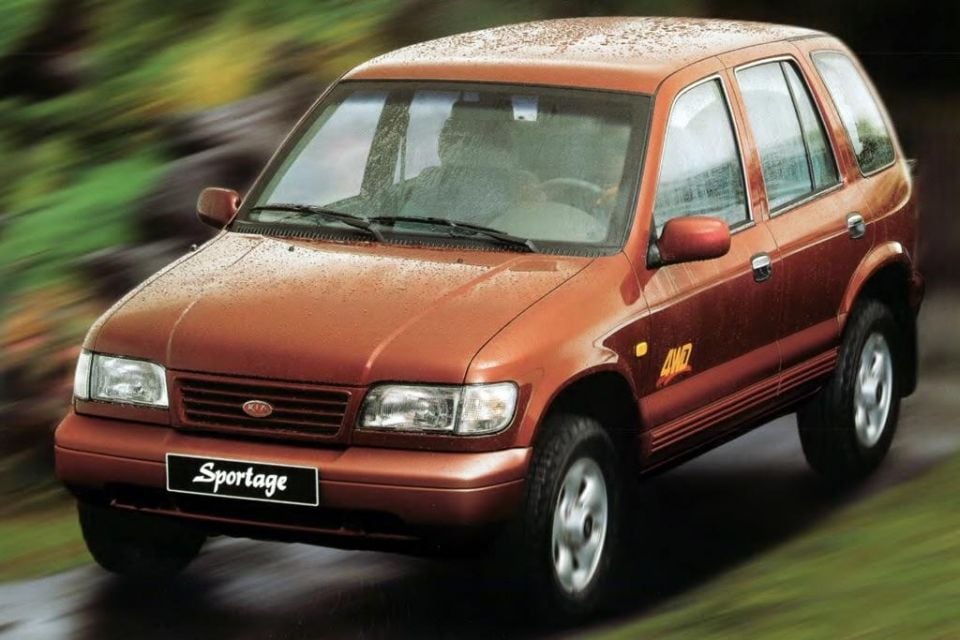
One of those stuck better than the other, but neither of these two cars was the first Kia-badged model to appear Down Under. That distinction goes to the Ceres, a small work truck brought to Australia from 1991 by way of private imports, but in decent numbers – around 300 were milling about by 1996.
But the Mentor and Sportage can be jointly credited with being the first Kia models officially sold in Australia, because the Korean brand had little involvement in local Ceres sales before it officially set up shop here.
While the Mentor only lasted until 2000, the Sportage still exists today and is now Kia’s best-selling model locally by a considerable margin.
It’s a good thing that it took off too, because Kia was on the brink of bankruptcy at the exact time it was first launched in Australia.
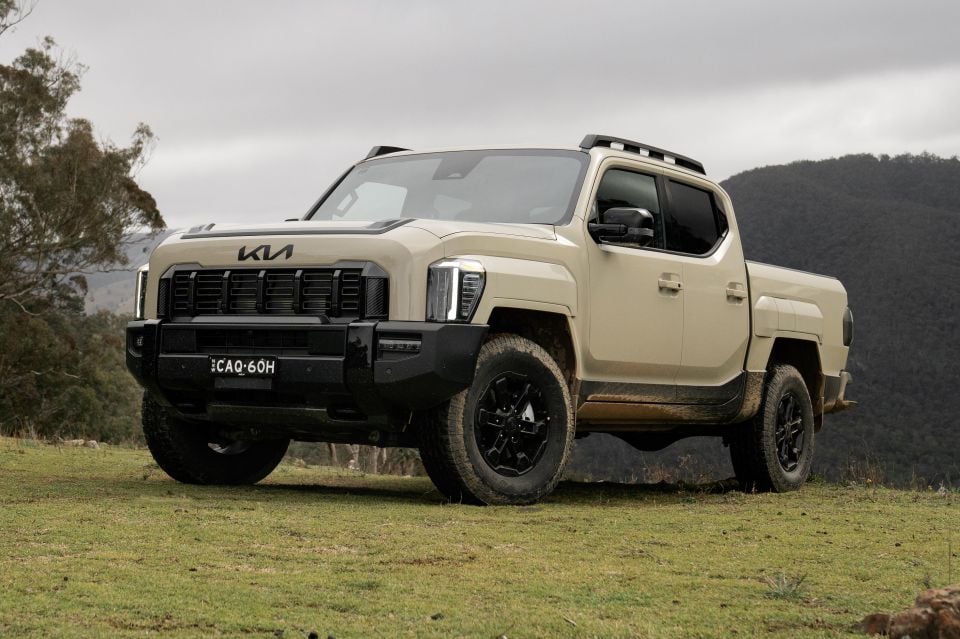
The Korea First Bank had even frozen Kia’s debt to delay its demise as brands like Samsung, Daewoo and Ford took interest in claiming the brand, but it was eventually Hyundai that won out, securing a majority stake and writing off the company’s debt.
Kia has since gone from strength to strength in Australia, successfully shifting away from its mid-2000s reputation of offering only cheap and cheerful economy cars. Now fielding a visually distinctive and generally modern lineup, Kia’s newest nameplate here is the Tasman ute, launched in 2025.
Like some of the other brands listed here, Kia’s latest model is designed to tap into one of Australia’s most popular new-vehicle market segments. With a diesel engine and a generally traditional dual-cab approach (apart from its exterior design), the Tasman returns Kia to its local roots and sews the seed for future commercial vehicles from the now-popular brand.
Kia is set to launch a new range of battery-electric commercial vans, led by the PV5 in 2026, following on from a busy 2025 that brought new nameplates including the K4 small sedan and EV3 small electric SUV.
MORE: Explore the Kia showroom
Mazda holds the unique distinction of being the only brand on this list to have started in Australia with a three-wheeled vehicle. This was the T600, first imported in 1959.
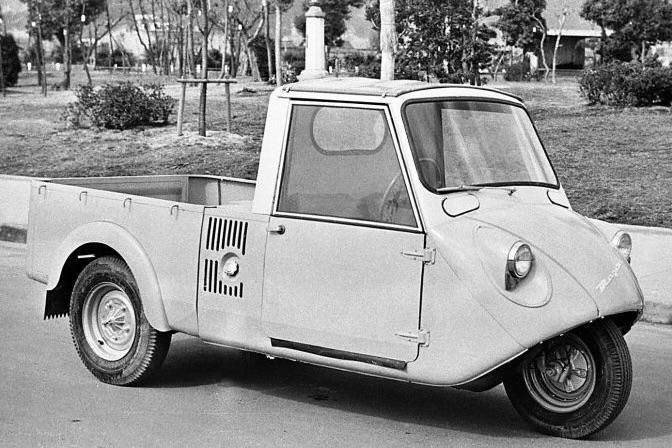
The T600 was first available locally with a 596cc air-cooled engine, and it arrived here in the same year it was released in its Japanese home market.
It’s also vaguely interesting that T600 is the export name for this uncommon three-wheeled truck, and it was known as the Mazda K360 in Japan. Kia also struck a deal to sell it in Korea as the Kia T600.
At just under 3m long and 1.3m tall, the T600 bore a closer resemblance to a tricycle than a proper motor vehicle. Its claimed top speed of 65km/h probably isn’t that far off a tricycle hurtling down a steep hill, either.
Mazda continued to grow in Australia after this, and by the late 1960s it was managing to sell more than 10,000 vehicles a year. It embarked on its rotary renaissance throughout the 1970s and 1980s, while also going crazy with a plethora of different brands in Japan.
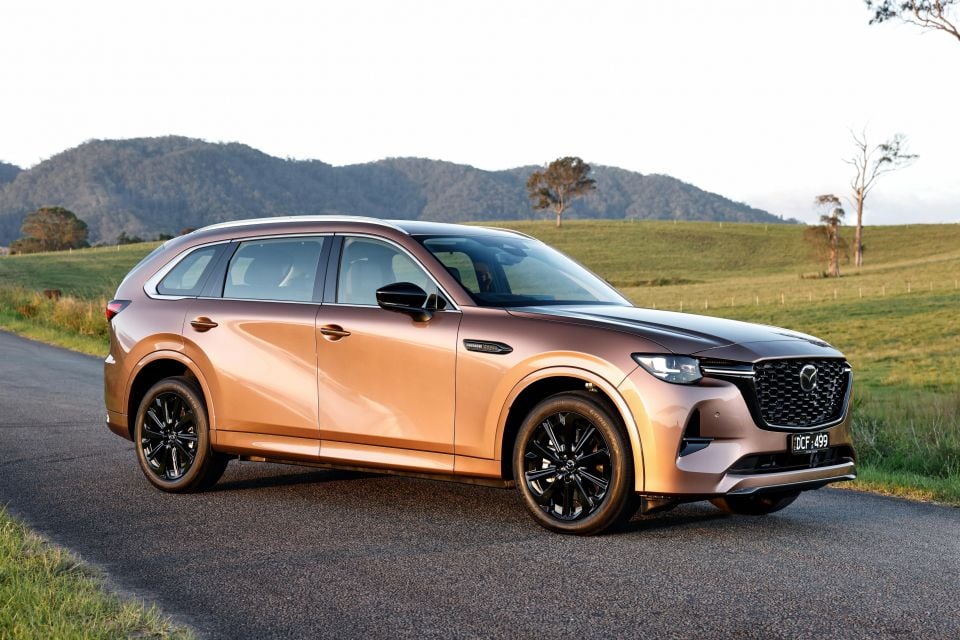
Fast-forward to today and Mazda is a favourite among Australian buyers. Like almost all of its competitors, its lineup is now dominated by SUVs – although it still fields some smaller cars, including the iconic MX-5 roadster.
The latest in its swarm of SUVs are its ‘large platform’ CX models: the CX-60, CX-70, CX-80, and CX-90. Australia is the only market globally to get all four, and you can entertain yourself by asking a non-car person, or even a car person, to tell them all apart if you’re bored.
The 60 and 90 were first to arrive in 2023, while the 70 and 80 were released just a few weeks apart in late 2024, which means the latter is the newest Mazda nameplate in Australia. It’s the largest of the four and can be had with a choice of mild-hybrid six-cylinder petrol and diesel engines, or a four-cylinder PHEV if you’re so inclined.
A shoo-in for Mazda’s next new model in Australia is the 6e, an electric sedan based on the Chinese-made Deepal L07.
MORE: Explore the Mazda showroom
In April 1986, auto media industry stalwart John Mellor wrote in Car Australia that Hyundai “poses very little threat to any existing cars”, and offered “very little incentive to buy” the 1986 Excel – the South Korean brand’s first model in Australia.
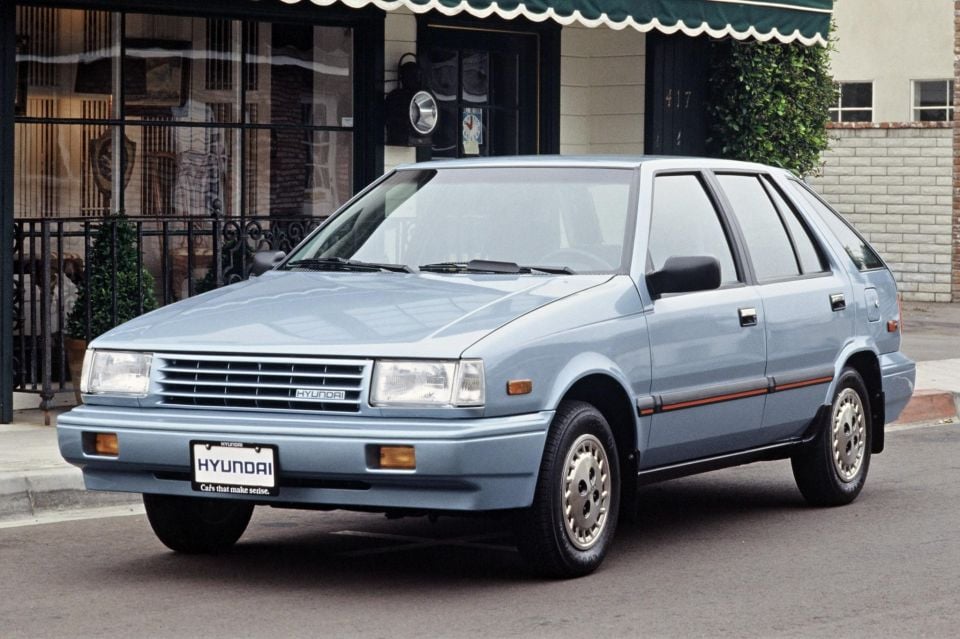
Fast-forward to February 1987 and Mr Mellor had backflipped, warning readers to “stand by for the Korean invasion” and likening Kia’s arrival to Toyota’s some 20 years earlier. He was right to do so, even if the Korean newcomer’s pioneering Excel didn’t initially set the sales charts alight.
This was despite the fact it was Australia’s only car to be priced below $10,000 in 1986. With a starting price of $9990 at launch (the inflation-adjusted equivalent of about $32,500 in 2025), it was cheaper than a base Toyota Corolla at roughly $11,600 (around $37,700 today).
Hyundai was first introduced in Australia by Alan Bond, who partnered with another Western Australian businessman John Hughes to import the Korean brand, starting with just one dealership in Perth, and the Italian-designed Excel became Australia’s top-selling imported small car by 1988, setting the stage for the brand’s rapid rise in the Australian market.
Hyundai Motor Company Australia was founded in 2003, around the time when some of its current staple nameplates, including the Santa Fe and Tucson SUVs, first appeared globally.
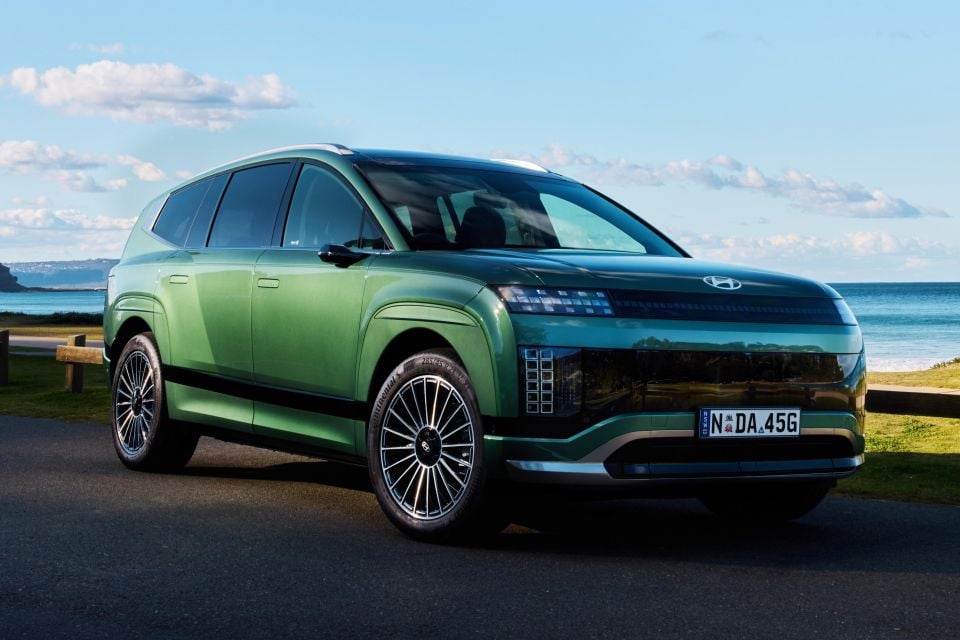
Now, Hyundai is consistently a top-five brand in Australia and fields a broad portfolio of diverse models, including a handful of commercial vehicles such as the Staria Load.
But electric vehicles are arguably where Hyundai has made its most impressive advancements in recent years. It’s in that category where we find the Korean brand’s newest nameplate to arrive in Australia, the Ioniq 9, which was launched in 2025.
The large electric SUV is the latest EV to bear the Ioniq name, following the Ioniq 5 SUV and Ioniq 6 sedan. Interestingly, the Ioniq name was introduced with a multi-powertrain hatch in 2018, which was available as a plugless hybrid, plug-in hybrid, and electric vehicle.
Hyundai is now gearing up to launch its updated Palisade large SUV, and has several other EVs waiting in the wings.
MORE: Explore the Hyundai showroom
BYD is one of the newest Chinese brands in Australia, and despite launching locally only in 2022 it appears to have cemented its place among the 10 best-selling manufacturers here, surpassing several Western brands in the process.
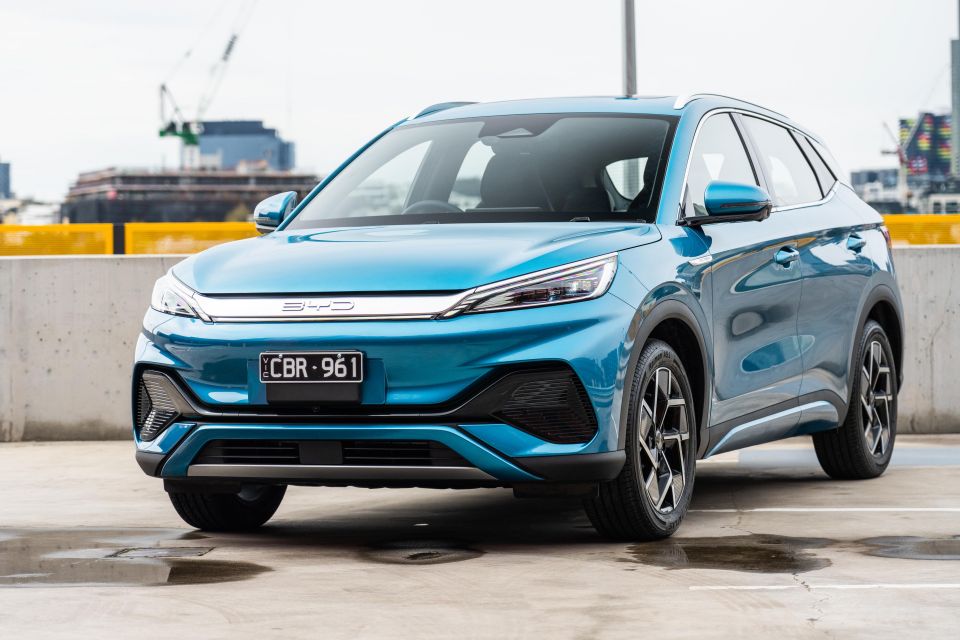
The model that kicked it all off was the Atto 3, a small-medium electric SUV that now appears relatively tame compared to BYD’s latest vehicles.
It’s still one of the brand’s best-sellers locally, but it has since been overtaken by new plug-in hybrids like the Sealion 6 mid-size SUV and the Shark 6 dual-cab ute.
You’ll notice BYD has a strong focus on electrified vehicles. This is because the automotive division of the overarching BYD company is a relatively small part of its total operations and BYD started out as a battery manufacturer.
Fun fact: BYD’s earliest work with electric vehicles resulted in a vehicle known as the BJ6490D – built from a knock-down kit of a Holden VN Commodore wagon and powered by golf cart batteries.
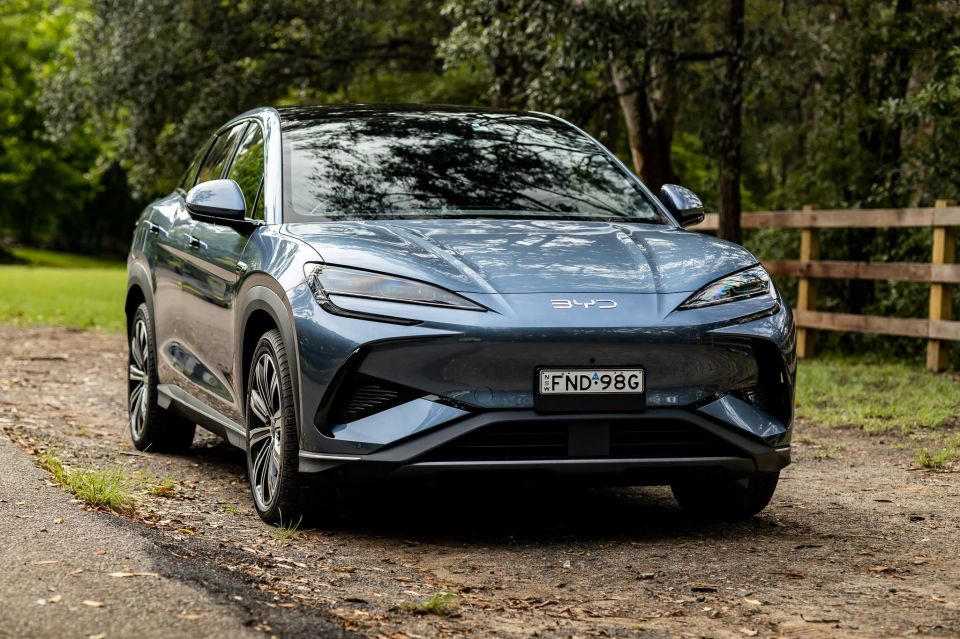
Despite its short local history, BYD has grown to field six models in the Australian market. Until very recently, the brand was imported here by independent distributor EVDirect, but BYD took direct control of its Australian operations in July 2025.
Its most recent new nameplate (and the last to be launched by EVDirect) is the Sealion 7 launched in 2025. It’s another electric SUV, albeit larger than the Atto 3, and BYD’s most direct rival to the top-selling Tesla Model Y to date.
Things are still moving quickly for BYD Australia, which is now gearing up to launch four new models by the end of this year. One of them will be the cute little Seagull electric hatch, which is called the Dolphin Surf in the UK but, sadly, will be rebranded as the Atto 1 for Australia.
Additionally, BYD’s luxury brand Denza will be launched in Australia in November 2025 with two large plug-in hybrid off-road SUVs.
MORE: Explore the BYD showroom
GWM holds the distinction of being the first Chinese auto brand to appear in Australia, via independent importer Ateco Automotive in 2009. A factory-backed operation took over in 2016, and Ateco is now responsible for Renault, Ram, Maserati, and LDV.

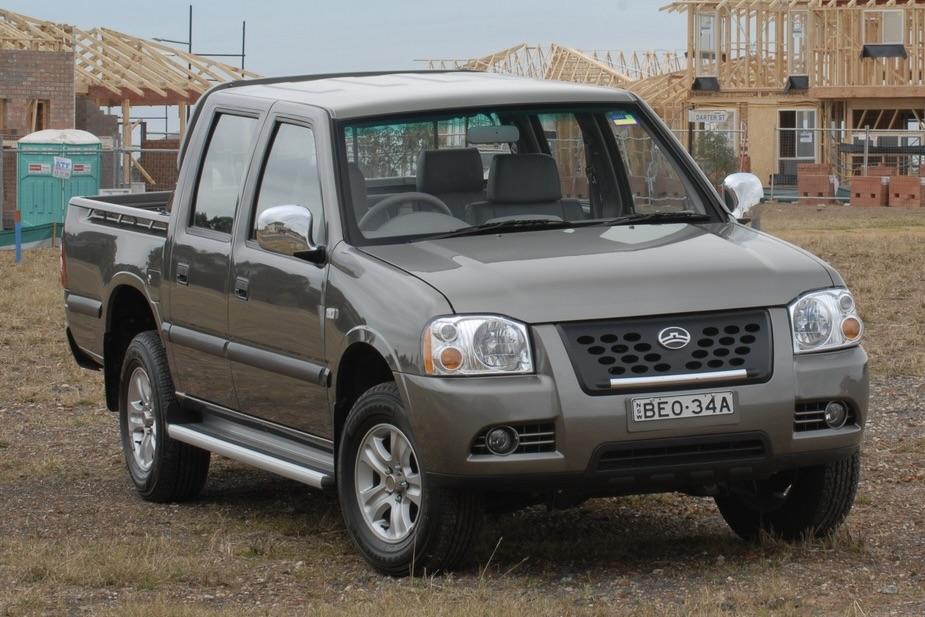
Of course, GWM was originally known as Great Wall Motors, and brand’s first two local models were forgetably named dual-cab pickups – the V240 and SA220. Everyone remembers them, right?
Granted, the names of those two utes in China would have been ripe for ridicule in Australia. The V240 was known as the Wingle 3, while the SA220 was badged slightly less comically as the Sailor. Neither was a great fit for a market dominated by mighty Falcons and Commodores, and later HiLuxes and Rangers.
While the Wingle, er, V240 lasted here until 2014, the SA220 survived for only two model years before being replaced by the V200 in 2011. The V200 was differentiated by its turbo-diesel engine, while the V240 continued to come with a naturally aspirated petrol engine.
Great Wall continued to introduce more SUVs and utes until 2020, when it began morphing into the more modern GWM brand that we know today.
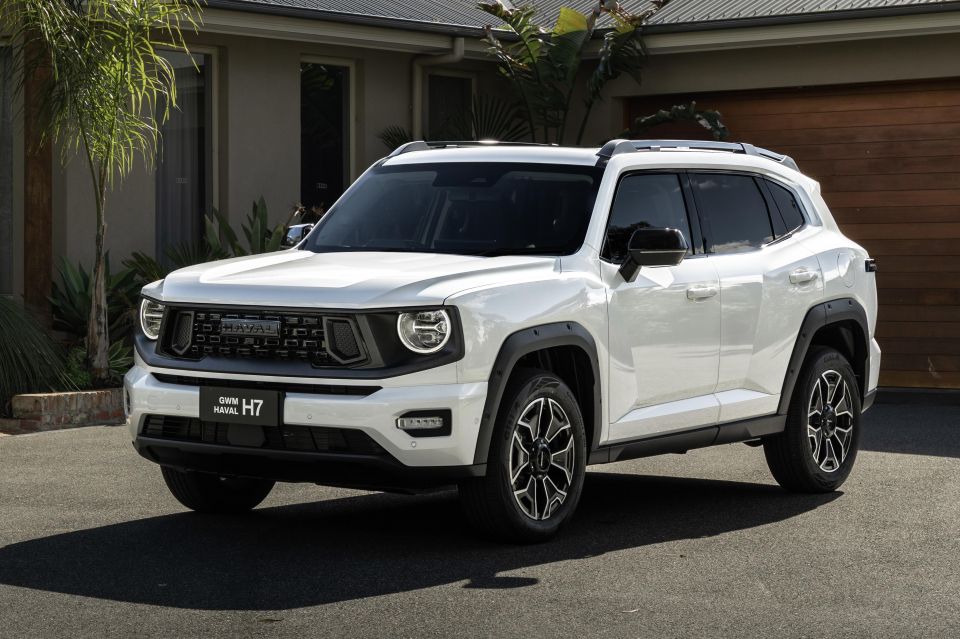
The Ute Cannon was the first model sold under the new banner, in 2020. It directly replaced the Great Wall Steed, which had been a staple in the Chinese brand’s global lineup – the last generation was known as the Wingle 6 in China.
Since then, GWM has continued bringing new models, even launching a handful of sub-brands in the Australian market, starting with the SUV-focused Haval brand, which gave us GWM’s newest local model: the 2025 Haval H7 mid-size SUV.
Despite initial efforts to establish multiple individual brands locally, as it has in China, GWM has brought each of its brands back under the GWM umbrella here, allowing Australians to walk into a GWM dealership and choose from a wide range of GWM utes, Haval SUVs, Tank off-roaders, and even Ora electric vehicle.
GWM has several new models and brands on their ‘Wey’ to Australia, including Wey, a more luxury-focused brand scheduled for local launch in mid-2026.
MORE: Explore the GWM showroom
Mitsubishi has an interesting relationship with Australia, where its first model pre-dated the founding of the fully fledged Mitsubishi Motors Australia in 1980.

The first Mitsubishi model introduced in Australia was the Colt Galant, which first appeared here in 1970. It was around this time that Japan’s Mitsubishi Motors Corporation joined forces with America’s Chrysler, which acquired a stake in Mitsubishi in 1971.
As Chrysler Australia had operated a vehicle assembly plant in the Adelaide suburb of Tonsley Park since 1964, the Mitsubishi deal allowed it to build and sell several Mitsubishi-designed cars as Chryslers in Australia.
That meant we received vehicles like the Chrysler Valiant Galant and the Chrysler Sigma until 1980, when the tide turned and Mitsubishi acquired almost all of Chrysler Australia. Mitsubishi Motors Australia was thus born in October of that year.
Local production of vehicles like the Sigma, Colt, Magna, and 380 continued until 2008, when Mitsubishi shuttered Australian production for good, although Mitsubishi Motors Australia is still headquartered in Adelaide.
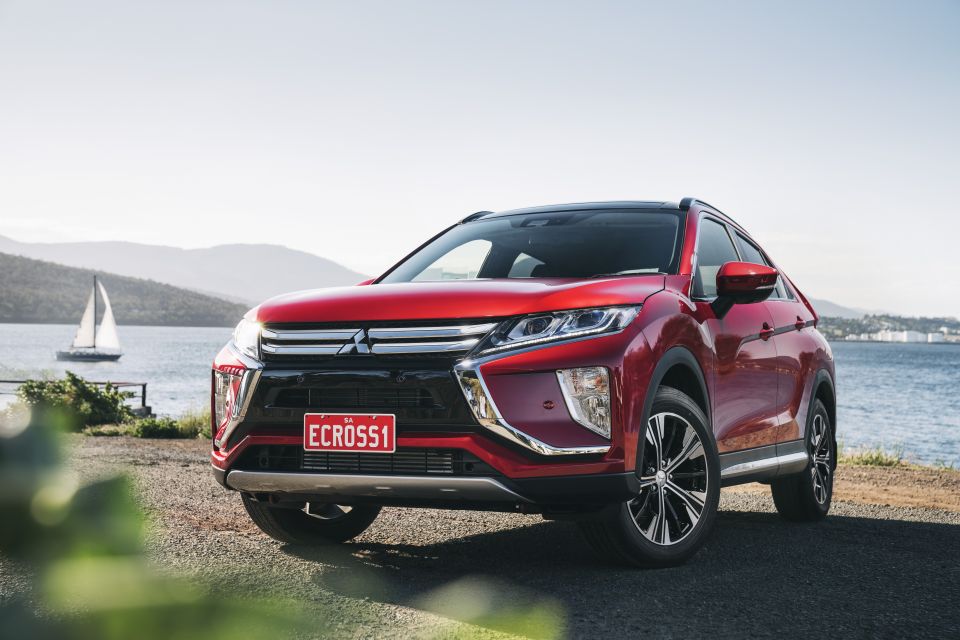
Since local production ended, all-new Mitsubishi model releases have been few and far between. The majority of the brand’s current nameplates have been in existence for at least a decade, while others such as the Lancer were discontinued as Mitsubishi shifted its focus to SUVs and utes.
Its newest nameplate in Australia is therefore the Eclipse Cross, which was launched locally in 2017 and follows the trend of uninspiring crossover SUVs borrowing their name from sportier and more famous models, as most car enthusiasts know the Eclipse as the sports coupe that starred in Fast and Furious.
The small SUV gained plug-in hybrid power in 2021, forming Mitsubishi’s PHEV duo alongside the Outlander PHEV, which dates back to 2014.
A change in Australian auto safety regulations spelled the end for the Eclipse Cross in Australia earlier this year. Unlike the similarly affected ASX, which has found new life thanks to the Renault Captur, there’s so far been no information on a local replacement for the Eclipse Cross.
MORE: Explore the Mitsubishi showroom
It took Tesla three years to officially bring its first model to Australia, with the Roadster electric convertible formally arriving in 2011, after its US launch in 2008.

The ground-breaking Roadster was seen on local soil before that, though. In a well-publicised move, Adelaide-based businessman Simon Hackett took delivery of the first right-hand drive Tesla Roadster in Australia in 2008.
Mr Hackett had actually waited for his Roadster since placing an order in 2006, and then-Tesla Australia general manager Rudi Tuisk also used one of the models to promote EV technology to various governments and businesses around Australia.
A notable stunt was driving a Roadster from Sydney to Bathurst on a single charge, followed by a lap of the iconic Mount Panorama circuit.
The Tesla Model S large sedan and Model X large SUV came and went by 2020, when they departed from Australian showrooms due to the end of right-hand drive production. But by then the new Model 3 mid-size sedan had arrived to much fanfare locally in 2019.
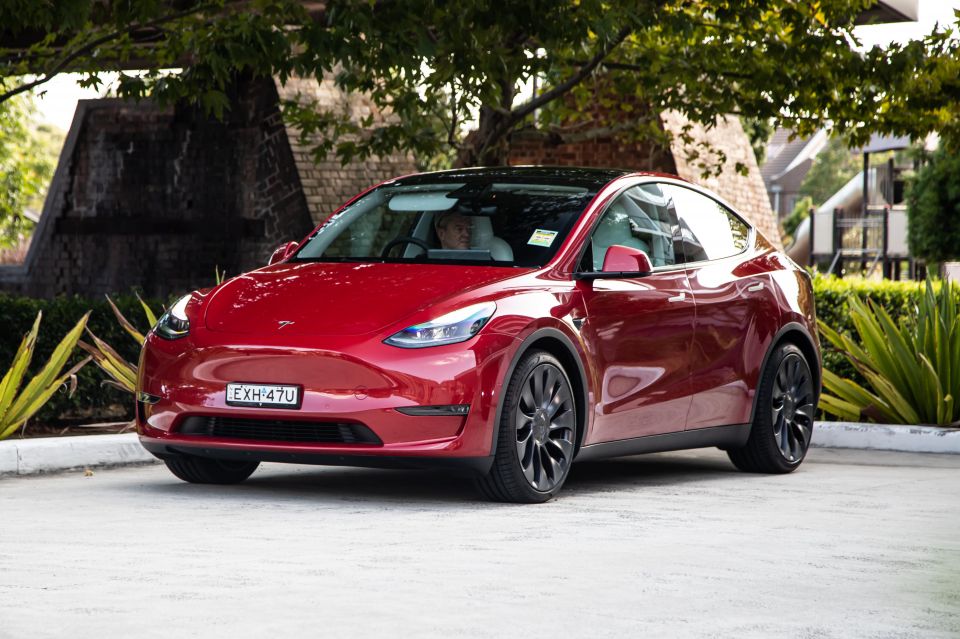
It was joined in 2022 by its SUV sister model, the Model Y, which is still the newest Tesla nameplate introduced in Australia. It has proved super popular too, becoming Australia’s and the world’s favouite EV since then.
There have been whispers of the controversial Cybertruck electric pickup making its way Down Under since its US debut in late 2023, but Australian safety regulations have so far kept it off local roads apart from a handful of public demonstration runs.
The Model Y received a facelift earlier in 2025, but aside from the six-seat L version now offered in China, and the budget Standard variant being revealed in the US recently (in lieu of an all-new smaller and cheaper EV), there have been no new Tesla nameplates for quite some time.
MORE: Explore the Tesla showroom
To clarify, the models listed above fall under the Chinese-owned MG Motor umbrella, which has operated locally under the MG Motor Australia name since 2016.
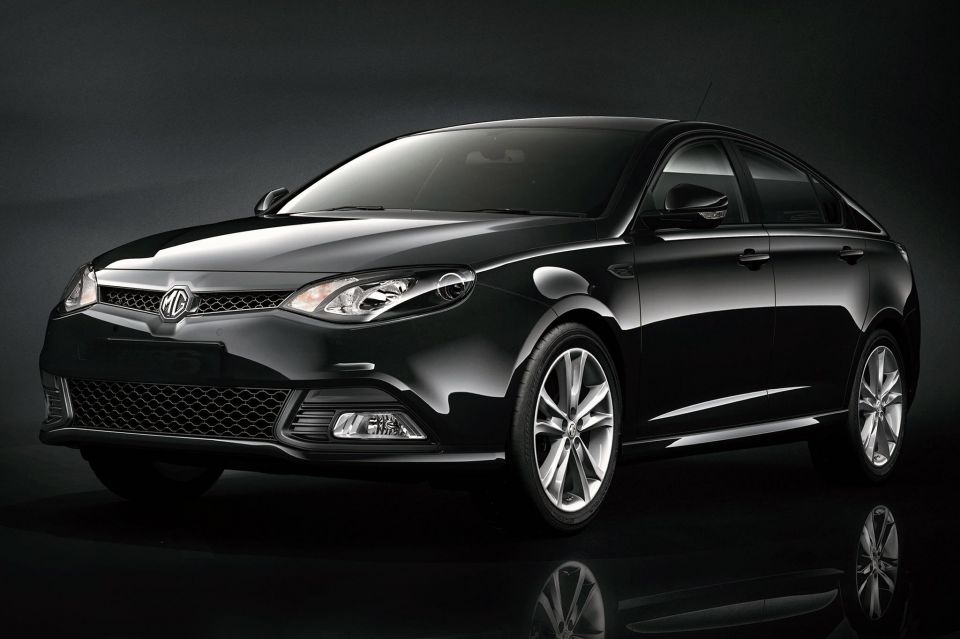
Of course, the British MG brand has a storied history that dates back to the1920s, long before its acquisition by SAIC Motor in 2007, but this is far removed from the brand that operates today, and concrete information on the first British-built MG cars sold in Australia is scarce.
What is known is that the British Motor Corporation, which owned MG at the time, opened its first Australian factory in Zetland, Sydney, in 1952. It first built the MGA and, despite forming a significant local manufacturing presence, mechanical components and body panels were imported from the UK.
Succeeding the MGA, approximately 9000 examples of the MGB sports car were built in Australia from 1963 to 1972 – only the Roadsters, not the more powerful GTs. After 1972, most MGs that found their way to Australia were privately imported, at least until 1997, when the convertible MG F was brought here.
The last British MGs sold locally disappeared after 2005, and after a seven-year hiatus MG returned to Australia under Chinese ownership, with the introduction of the MG 6 in 2012.
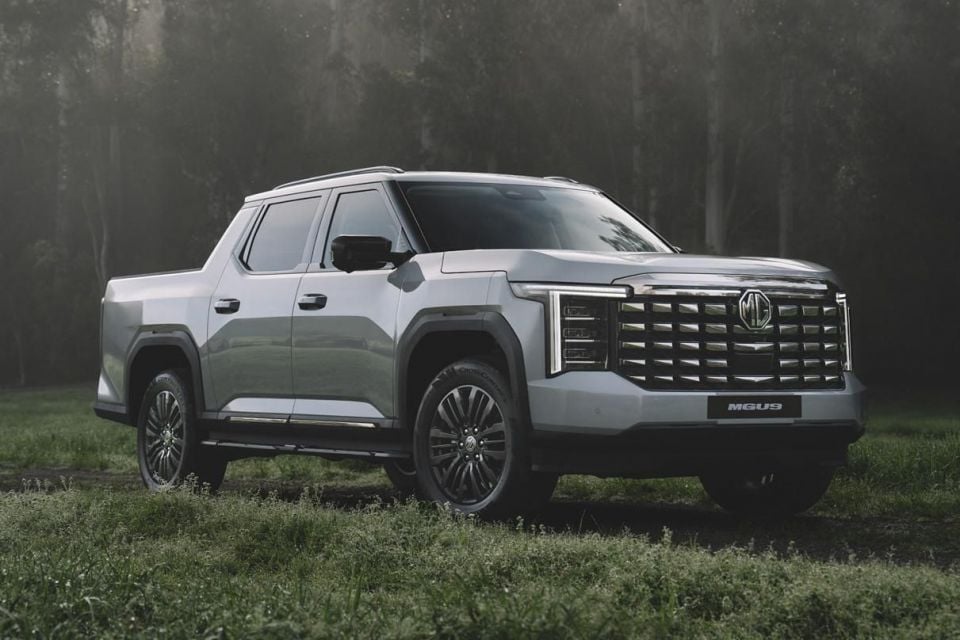
Available in both sedan and hatch body styles and with a manual transmission, the MG 6 was derived from the Roewe 550, which is what Rover became after SAIC’s acquisition. Funnily enough, that means the MG 6 was distantly related to the Rover 75, production of which ended in 2005.
The MG 6 didn’t last long in Australia, where it was pulled from sale after 2014, despite continuing to be sold in overseas markets including New Zealand. The MG brand has come a long way since then and, following the start of official factory distribution here almost a decade ago, it now threatens to become a top-10 brand alongside several other Chinese marques in Australia.
Tapping into Australia’s love of utes, MG’s newest model here is the U9 dual-cab, launched in 2025. It’s the brand’s first ute and it brings interesting features like independent rear suspension and a folding ‘mid-gate’ between the cab and tub, although it’s otherwise a rebadged version of the Terron 9 ute from fellow SAIC brand brand LDV.
The U9 will soon be joined by new MG models including the S6 EV in 2026. Meanwhile, the MG 7 large sedan, which was scheduled to launch locally in October 2025, has mysteriously fallen off the radar but is still expected to reach Australian showrooms eventually.
MORE: Explore the MG showroom
Max Davies is a CarExpert journalist with a background in regional media, with a passion for Japanese brands and motorsport.


Ben Zachariah
4 Days Ago
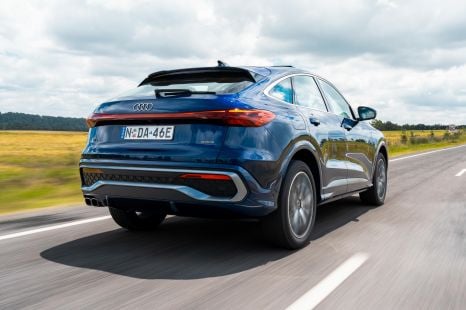

James Wong
3 Days Ago
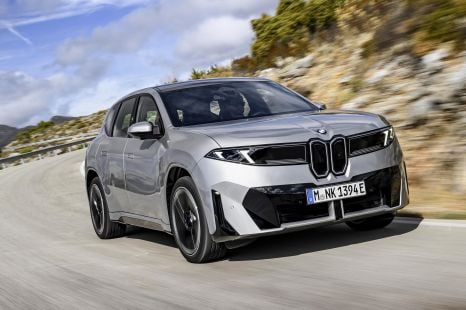

Josh Nevett
3 Days Ago
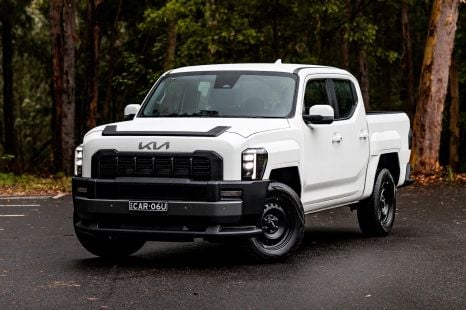

Matt Campbell
3 Days Ago
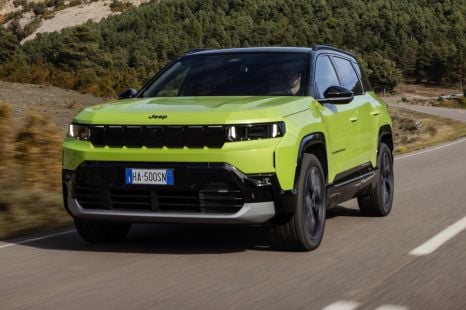

Dave Humphreys
2 Days Ago
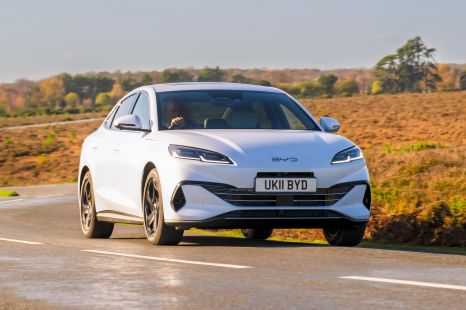

Matt Robinson
16 Hours Ago